A Glint in the Ground: Panama's Mining Beginnings
Mining in Panama has a history that dates back centuries, with the first mining contacts established during the Spanish colonial era. The Spanish conquistadors, lured by the tales of untold riches, explored Panama's rugged terrain in search of precious metals.
The Golden Era: Precious Metals and the Spanish Influence
In the early days of mining in Panama, gold was the primary focus. The indigenous populations had been panning for gold in the rivers long before the arrival of the Spanish, and this attracted the attention of the conquistadors.
Silver, Copper, and Other Minerals
While gold took center stage during the initial exploration, Panama's subsoil held more than just this precious metal. Over time, silver, copper, and other valuable minerals were discovered, leading to the establishment of mines across the isthmus.
Boom and Bust: The Impact of Mining Cycles
Like many mining regions, Panama experienced cycles of boom and bust. The opening and closing of mines were often tied to market demands, changes in technology, and geopolitical factors.
Modern-Day Mining: A Diverse Mineral Landscape
In contemporary Panama, mining extends beyond gold and silver. The country's mineral wealth includes deposits of copper, zinc, lead, and other minerals. The shift towards diversified mining operations has brought new challenges and opportunities to the sector.
Mining's Contribution to Panama's Economy
Mining has had a substantial financial impact on Panama, contributing significantly to the country's economic well-being. The revenues generated from mining activities have funded infrastructure development, education, and other essential services.
The Financial Impact of Mining
The financial impact of mining in Panama is substantial. Revenues from mining activities contribute to the national budget, supporting vital projects and programs. Mining is an integral part of Panama's Gross Domestic Product (GDP). It contributes not only in terms of revenue but also by promoting economic diversification and enhancing the country's economic stability. In fact, prior to the expansion of the Panama Canal in 2014, mining was the single most important contributor to the country's GDP.
Employment and Communities
Mining also plays a crucial role in providing employment opportunities for Panamanians. In regions where mining operations are located, communities benefit from jobs, infrastructure development, and social programs funded by mining companies.
Challenges and Sustainability
The mining industry faces various challenges, including environmental concerns and social impacts. In recent years, Panama has been working to strike a balance between resource extraction and sustainability.
Sustainable Practices in Mining
Panama's commitment to sustainable mining practices has led to the development of regulations and standards to minimize the environmental impact of mining operations.
Social Responsibility
Mining companies operating in Panama are increasingly focusing on social responsibility initiatives. These efforts benefit local communities and the environment, contributing to the long-term sustainability of the mining sector.
Future Prospects: The Role of Mining in Panama's Development
As Panama continues to grow and develop, the mining sector remains a significant player in the country's economic landscape. Future prospects for mining in Panama include expanding exploration efforts, embracing green technologies, and fostering innovation in the industry. However, Panamanians want more transparency in how the money is used. This has been a big focus on the Protests of 2023.
Panama's Underground Legacy
Mining in Panama is more than a financial endeavor; it's an intrinsic part of the nation's journey towards economic growth and sustainability. From the first Spanish explorers seeking gold to modern mining operations extracting diverse minerals, Panama's underground legacy continues to shape its path to prosperity and progress.

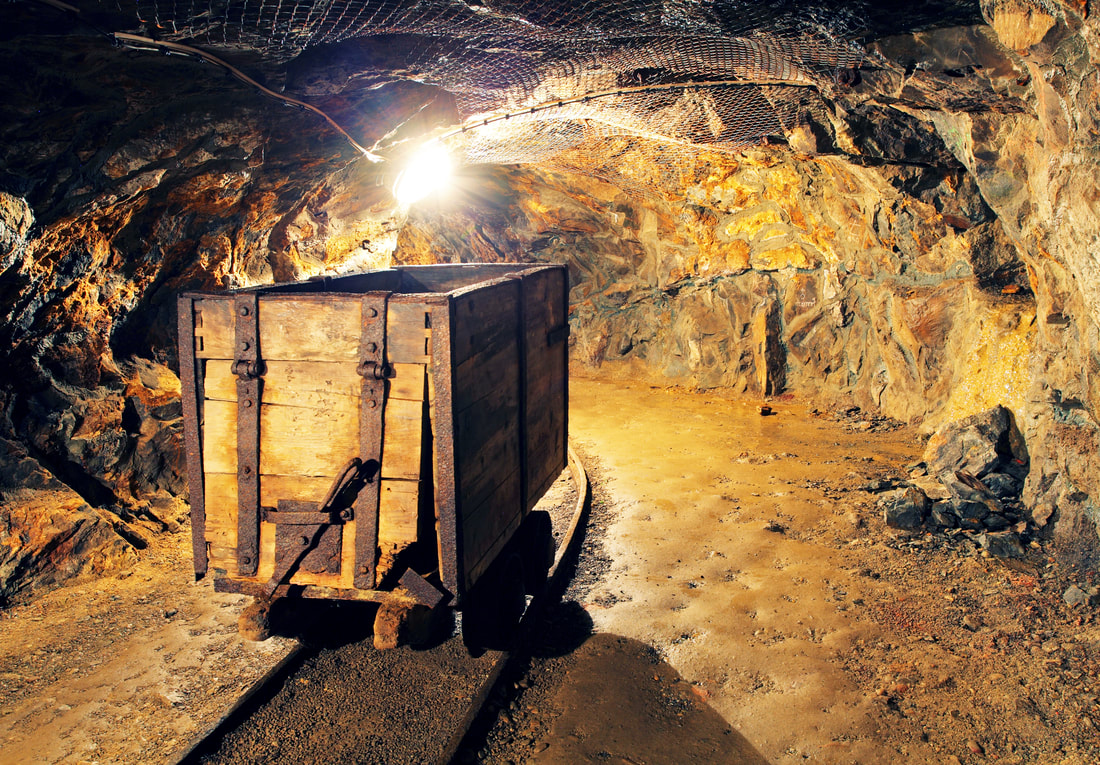
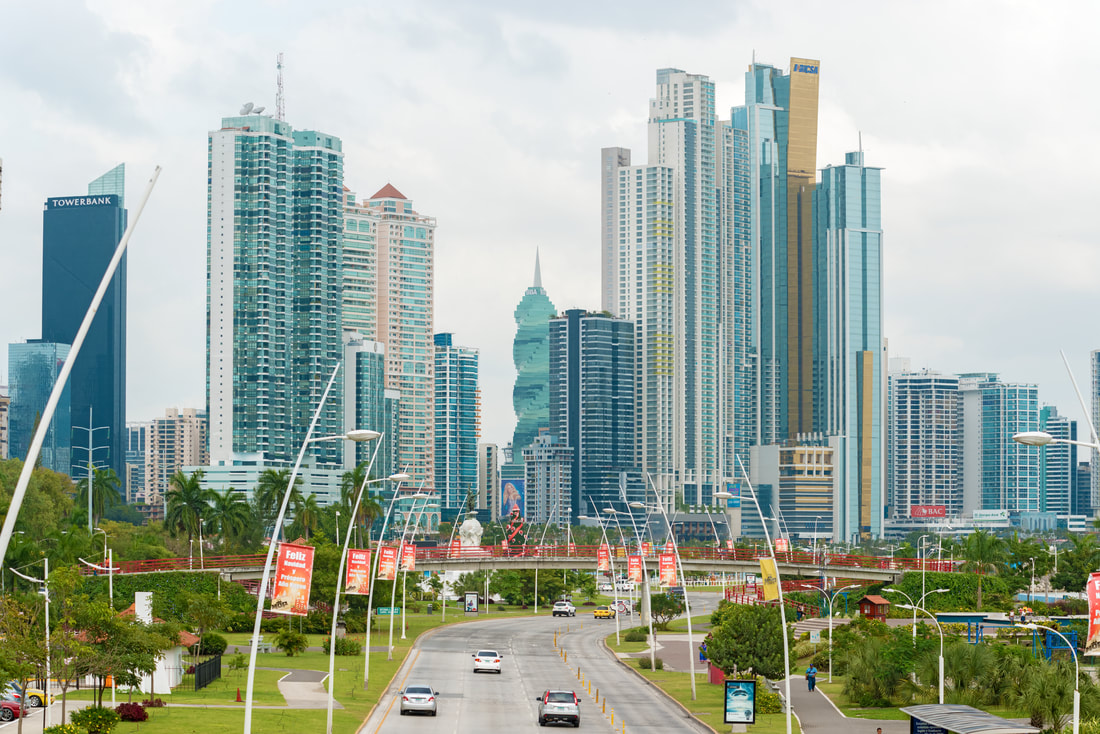
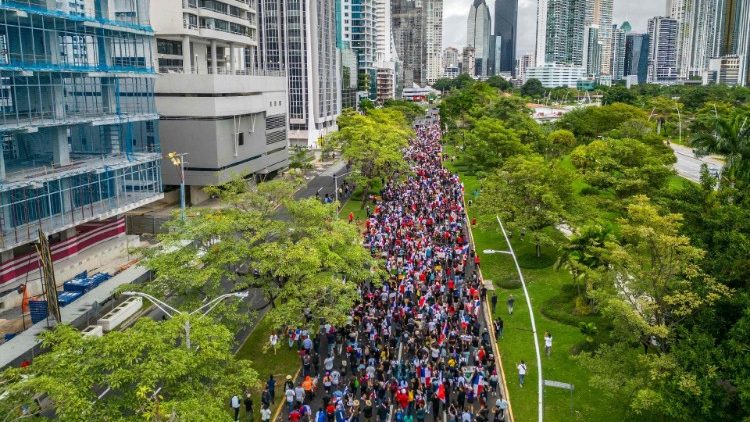
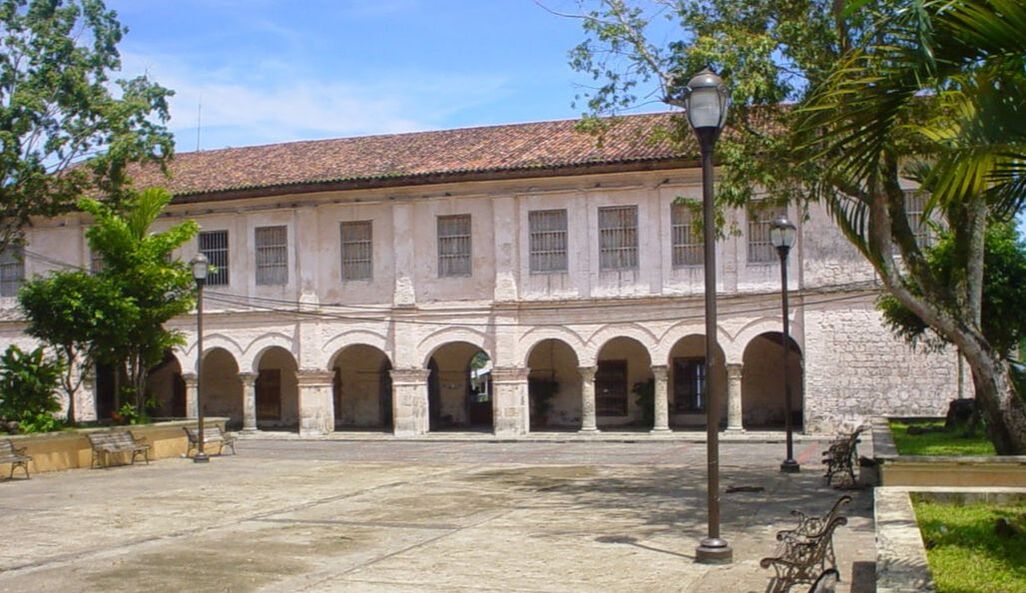
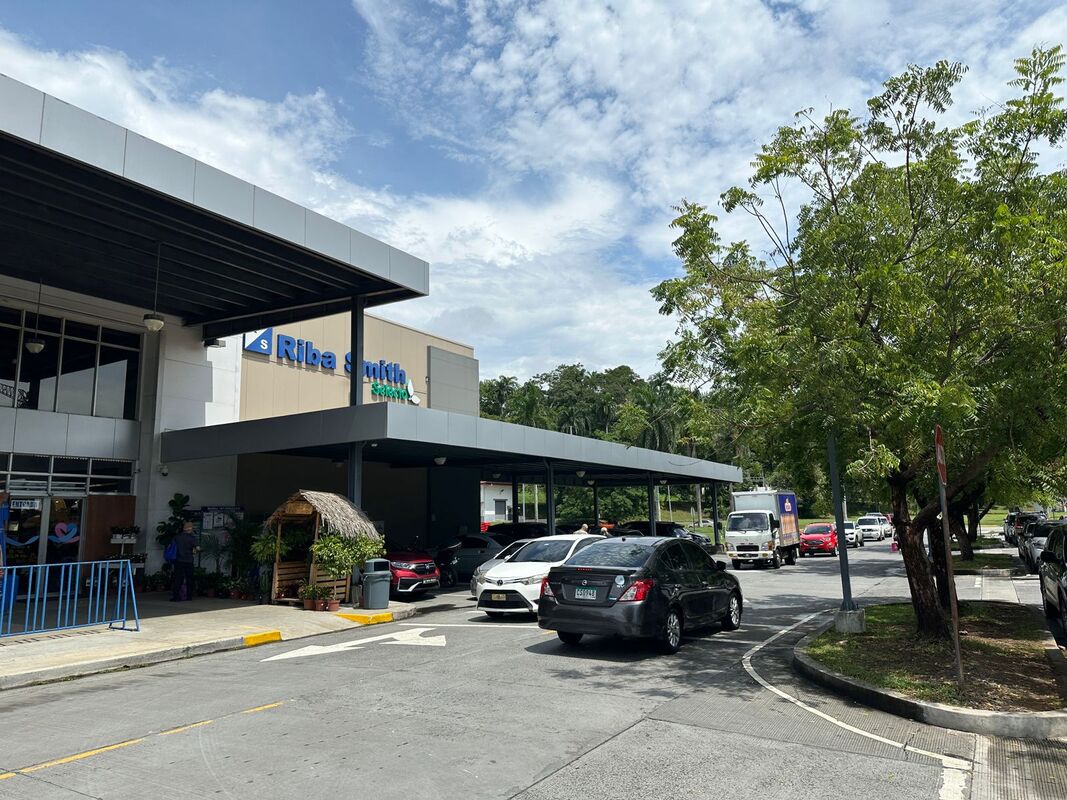
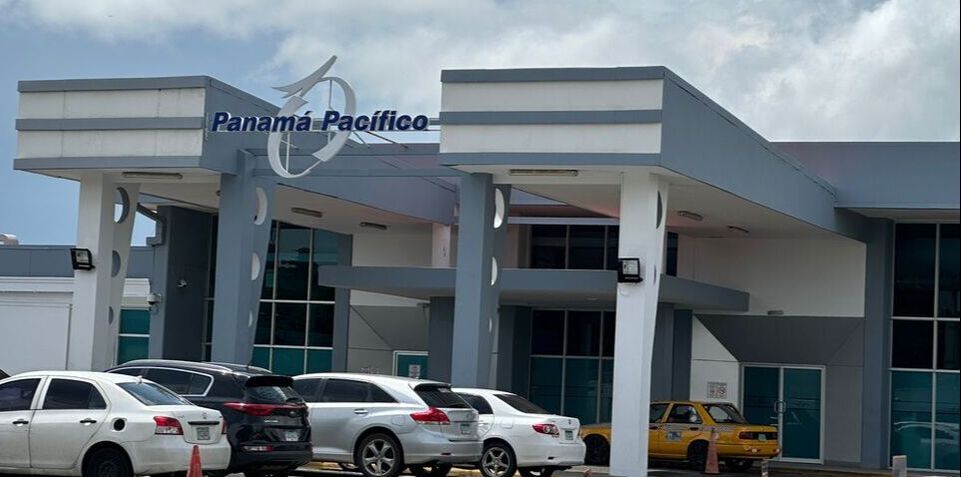
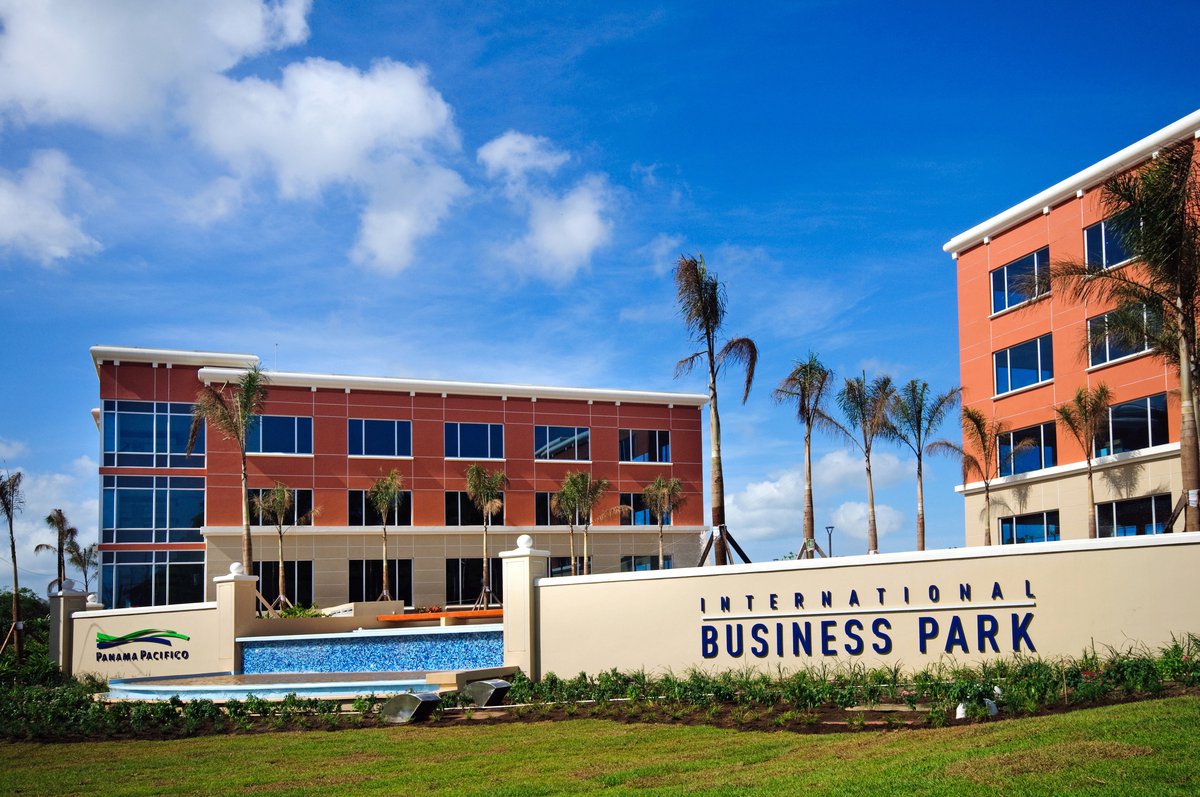
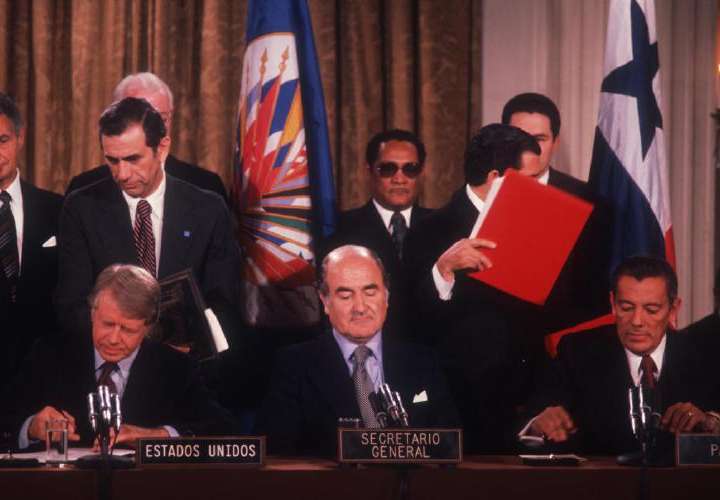
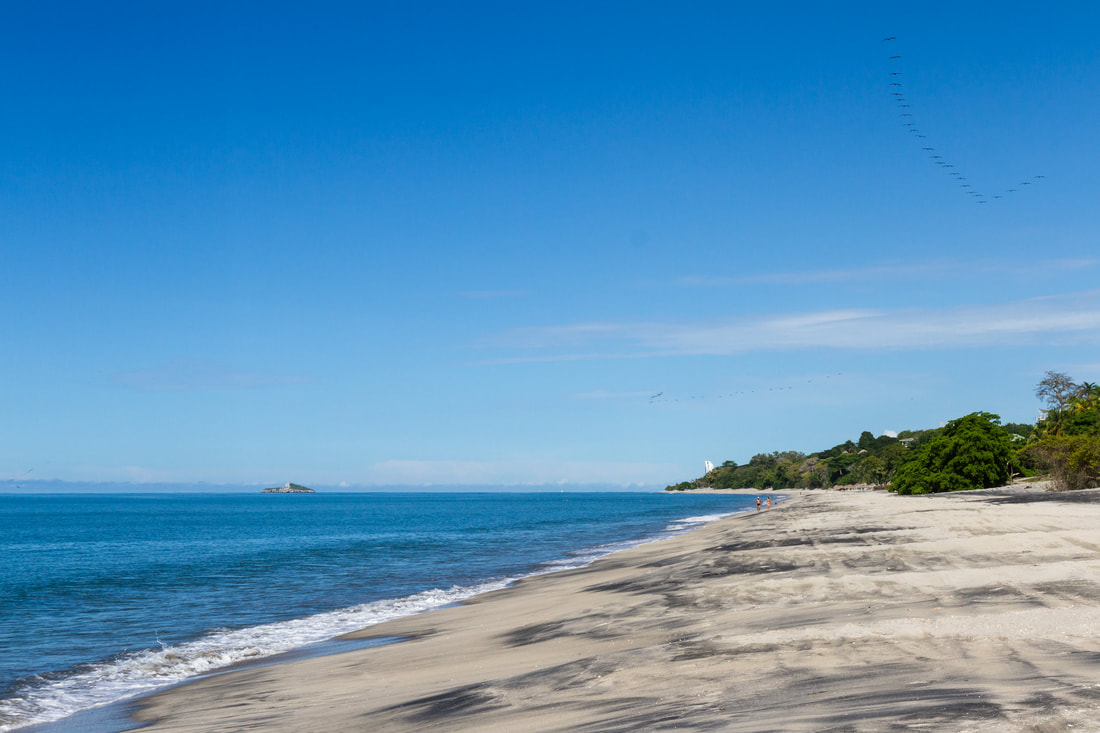
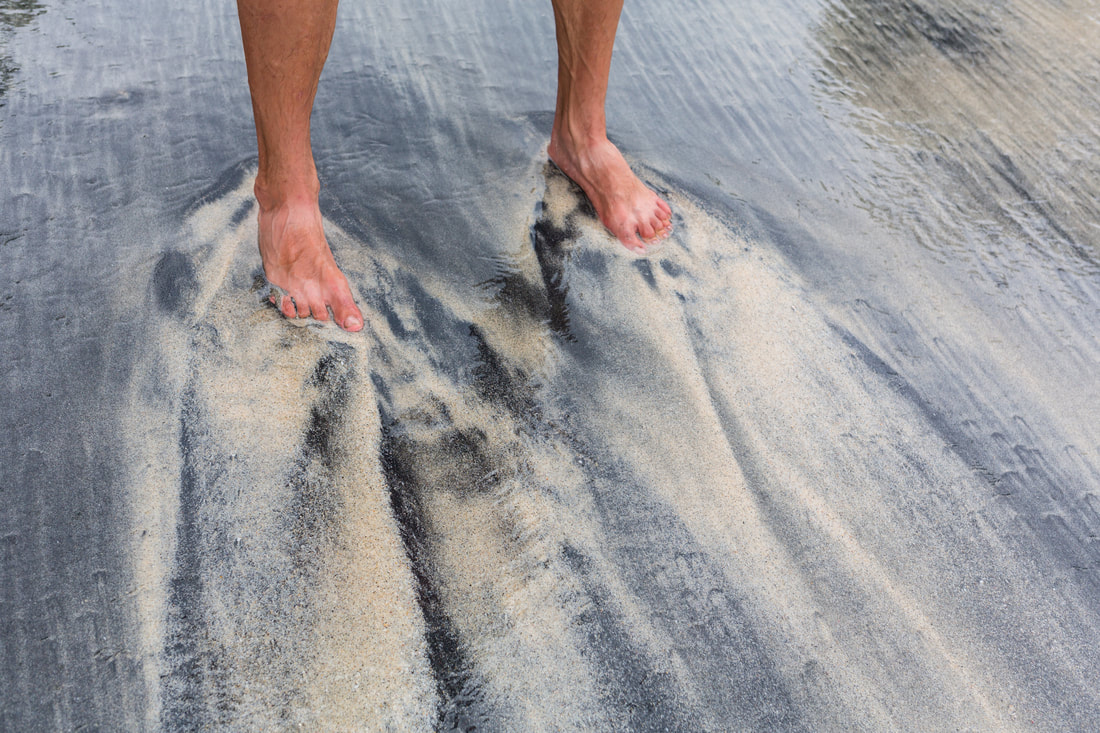

 RSS Feed
RSS Feed